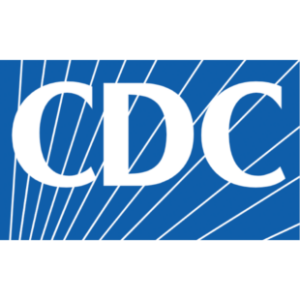Chasing the healthcare dollar
The market lines used to be clearer. Companies were either payers or providers, public or private, acute or post-acute. These days, the definitions of "service lines" are blurring as traditionally separate entities merge, partner and expand to capture more and more of the consumer’s healthcare spend.
All healthcare entities seem to be diversifying their core businesses, adding service components and entering new markets—increasingly seeking a bigger slice of the pie. These days, the primary competition is everyone.
CROSSING CHASMS
Payers and providers have begun to serve in each other’s markets, eroding the payer/provider divide, noted Jared Landis, senior consultant for the Post-Acute Care Collaborative within The Advisory Board Company, Washington, D.C., at the 2013 American Health Care Association/National Center for Assisted Living Convention.
"Provider-owned health plans are a new way for providers to capture the whole healthcare dollar," he said, noting that about 300 hospitals today offer a health insurance product. "Payers have also begun to blur the lines by purchasing providers in an attempt to ensure quality of care." At least three payers have done it already—Humana/Concentra, Wellpoint/CareMore and UnitedHealth/WellMed.
Care management also is moving from the doctor’s office to the retail space, and the biggest shift may come from the nation’s biggest retailer: Walmart. At a January industry conference, Walmart's vice president of health and wellness payer relations revealed the company's hope to provide "full primary care services in five to seven years," Landis related. Walmart has since tempered its statements, but the ambition is telling, he said.
Walgreens is doing it too—the drugstore-cum-care management provider launched three accountable care organizations (ACOs) in 2013 and also is offering testing for three chronic diseases.
POST-ACUTE CARE’S NEW ROLE
Amid the market swirlings, long-term and post-acute care businesses are being forced to rethink their places in the scheme of things, including taking responsibility for improving costs. "Post-acute care has a target on its back when it comes to spending," Landis added. "The market doesn't want to think of post-acute care as a series of separate venues joined by patient handoffs."
Although most of the early ACOs were hospital-led, physician-led ACOs now outnumber their hospital-based cousins for the first time. But whereas hospital-led ACOs tend to use traditional transitions of care and skilled nursing referrals, physician-led ACOs are beginning to view post-acute care differently, looking at the home health sector to provide services, Landis said.
Acute care’s gradual shift from fee-for-service to bundled payment models also has brought new risk responsibilities to post-acute care’s doorstep. Long-term care and rehab providers are increasingly being asked to share in the risk under bundled payment models, placing greater importance on the ability to reform cost structures and accurately document care episodes.
Meanwhile, nearly every traditional payment process is under scrutiny. Federal and state agencies are pushing providers toward greater accountability and comprehensive, best-cost care delivery. Hospitals are being pushed to empower cost managers to curb post-acute costs, which comprise the largest cost-segment for many procedures, including major joint replacements.
The keys to success for post-acute care providers? Identify opportunities for clinical specialization, and invest in developing the staff expertise to care for higher acuity residents, Landis suggested. Above all, focus on integration with local health systems and comprehensive, efficient care delivery, he added. “The rest of the healthcare system wants to think of post-acute care as a continuum, and you’ll have to do your best to live up to that expectation.”

Pamela Tabar was editor-in-chief of I Advance Senior Care from 2013-2018. She has worked as a writer and editor for healthcare business media since 1998, including as News Editor of Healthcare Informatics. She has a master’s degree in journalism from Kent State University and a master’s degree in English from the University of York, England.
Related Articles
Topics: Articles , Executive Leadership , Facility management , Finance , Leadership , Risk Management , Staffing











